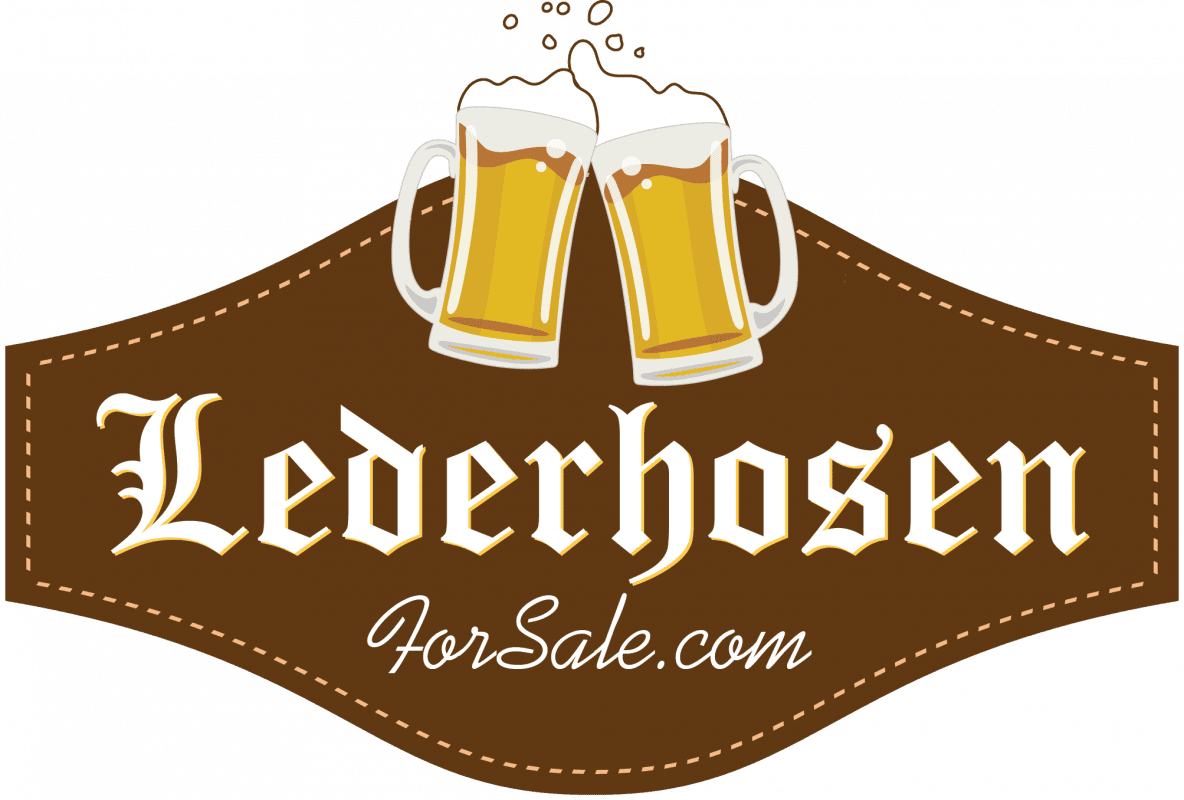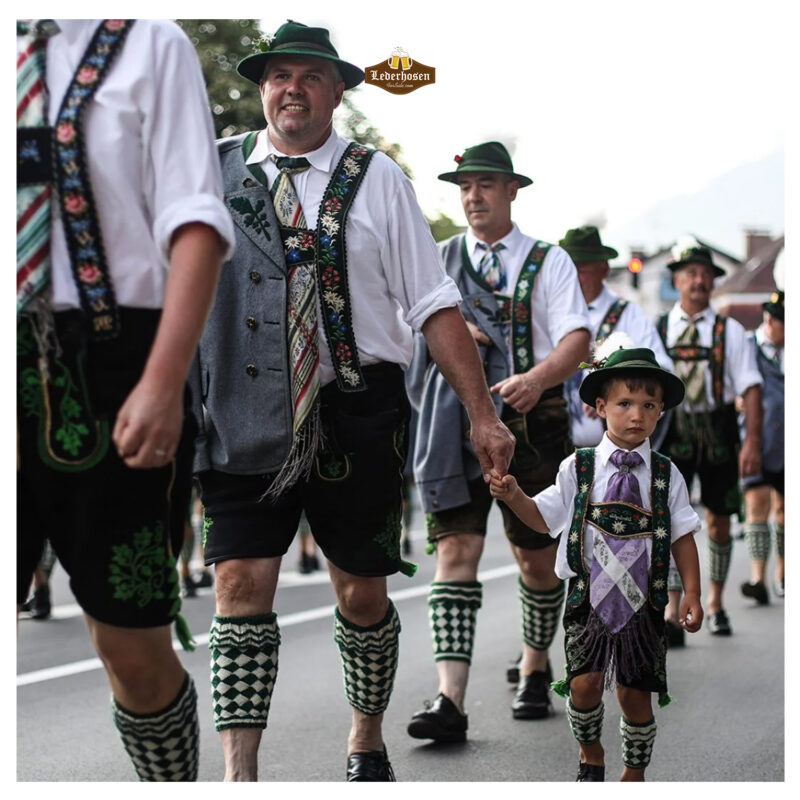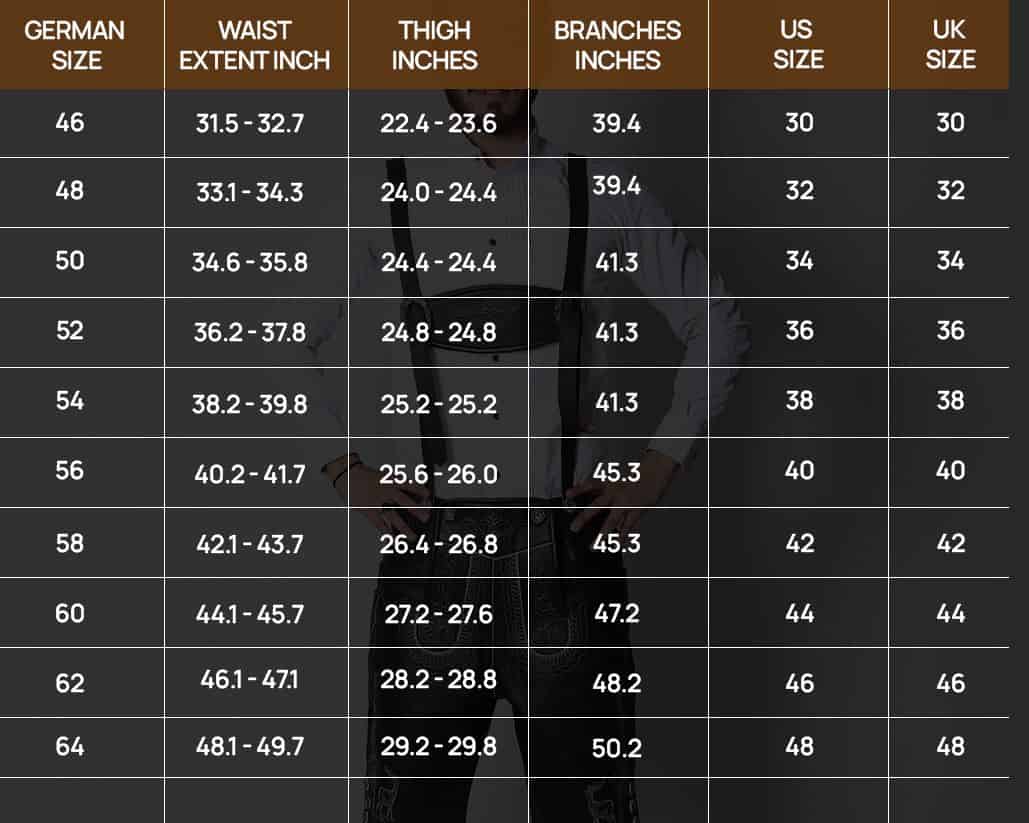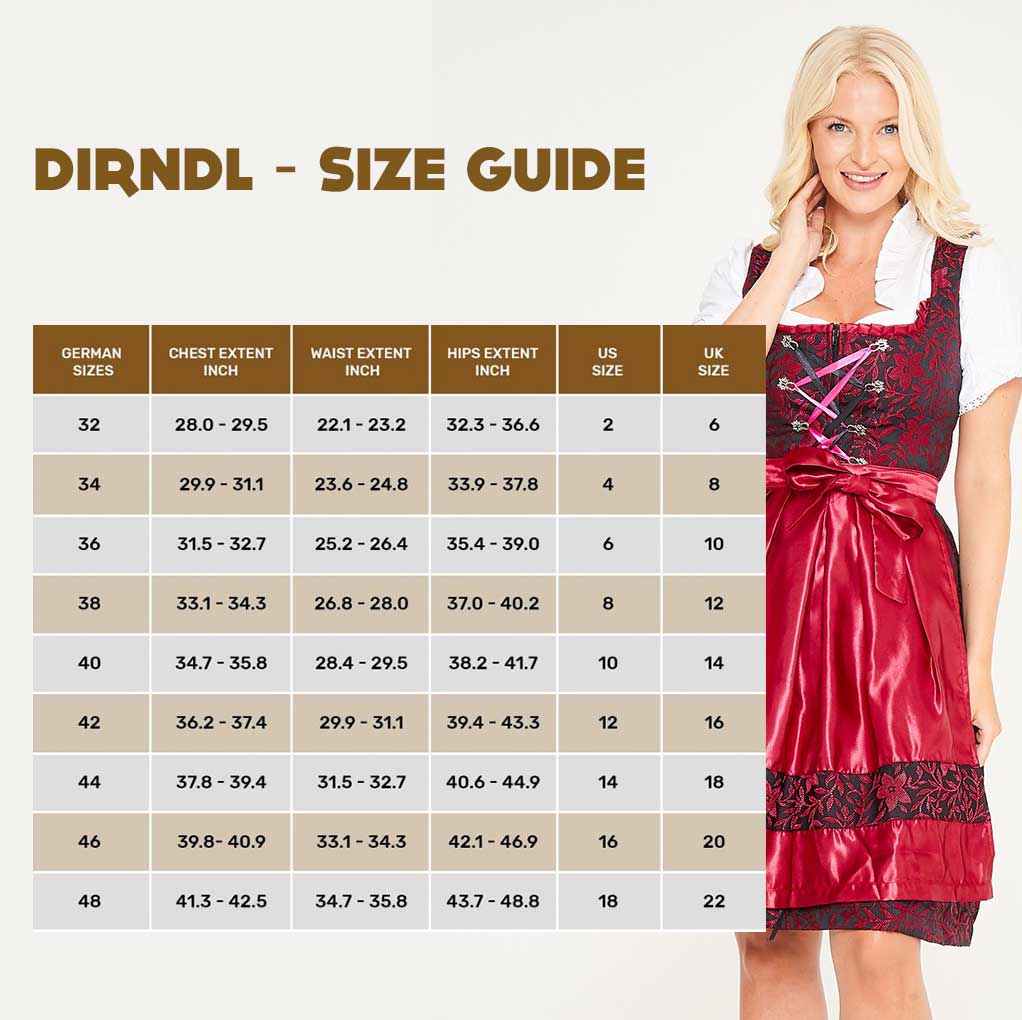Dirndl
What makes traditional german clothing?
Traditional dress customs in Germany span millennia and substantially vary between regions.
Today, the German word Tracht describes what is considered to be the historical or regional dress, including but not limited to garments, hairstyles, accessories, jewelry, and badges.
What onlookers might consider bizarre outfits are actually guided by a set of norms and customs. The finest examples of traditional German costumes can be found here.
Tracht: Traditional German Costumes remain alive
The original German meaning of the word “tracht” encompassed both the clothes themselves and the manner in which it was worn.
Often derived from the uniforms of laborers or authorities, the German Costumes later came to represent a specific city, area, guild, or organization.
It was common practice across the country to wear a Trachten as a symbol of social status, religious belief, or occupational background.
Nonetheless, traditional German attire served to distinguish wearers from outsiders as much as it did to signify membership within a group; for example, farmers were forbidden to dress like aristocracy, and Germans adhered to strict dress standards to set themselves apart from the French.
German national identity was strengthened through the adoption of folkloric costume practices in the 18th century. The concept of standard workwear evolved further in the nineteenth century into clothing that was both plain and conventional but was also worn in a lovely and wonderful version for special occasions.
Traditional Clothing in Germany
Mens Lederhosen
If you’ve seen photos from Oktoberfest, you’ve probably seen German Costumes in Lederhosen.
This traditional Bavarian attire is worn by men during parties of all kinds. Customarily topped off with a hat and other accessories, it includes a pair of leather pants, a shirt, knitted stockings, and leather shoes.
You can find a lederhosen that is only thigh-length, knickerbocker-style, or ankle-length. They have a bib with buttons made from deer horns and are worn with H-shaped suspenders over a shirt.
The style first appeared in the Bavarian mountains and then migrated to the plains. At the very least, six distinct regional variants exist, with much more nuanced differences and unique local styles.
Women Dirndl
There are several different styles of the Dirndl, a traditional dress worn by ladies in the Alpine region of Bavaria. Local variations and traditions can also be found in other Alpine nations like Austria, Liechtenstein, Switzerland, and Italy.
The iconic Dirndl dress features a deep, V-shaped, or round neckline and a snug, fitted bodice. A high-waisted, wide-leg skirt of varied lengths is topped with an apron. There are both regional and global varieties, as well as inexpensive and lavish styles.
Modern dirndl dresses, as you can see, are available in a wide variety of colors and textures, and can be worn by women of any age, nationality, marital status, or occupation. Dirndls from the same region had slight variations that denoted the particular village the person came from, and back in the day, there was a specific costume for different situations like work or church.
Now, the modern dirndl dress is worn all over Germany and has come to symbolize the country as a whole rather than just Upper Bavaria (mostly worn for Octoberfest). It’s widely recognized as the standard national costume for Germany even outside its borders.



